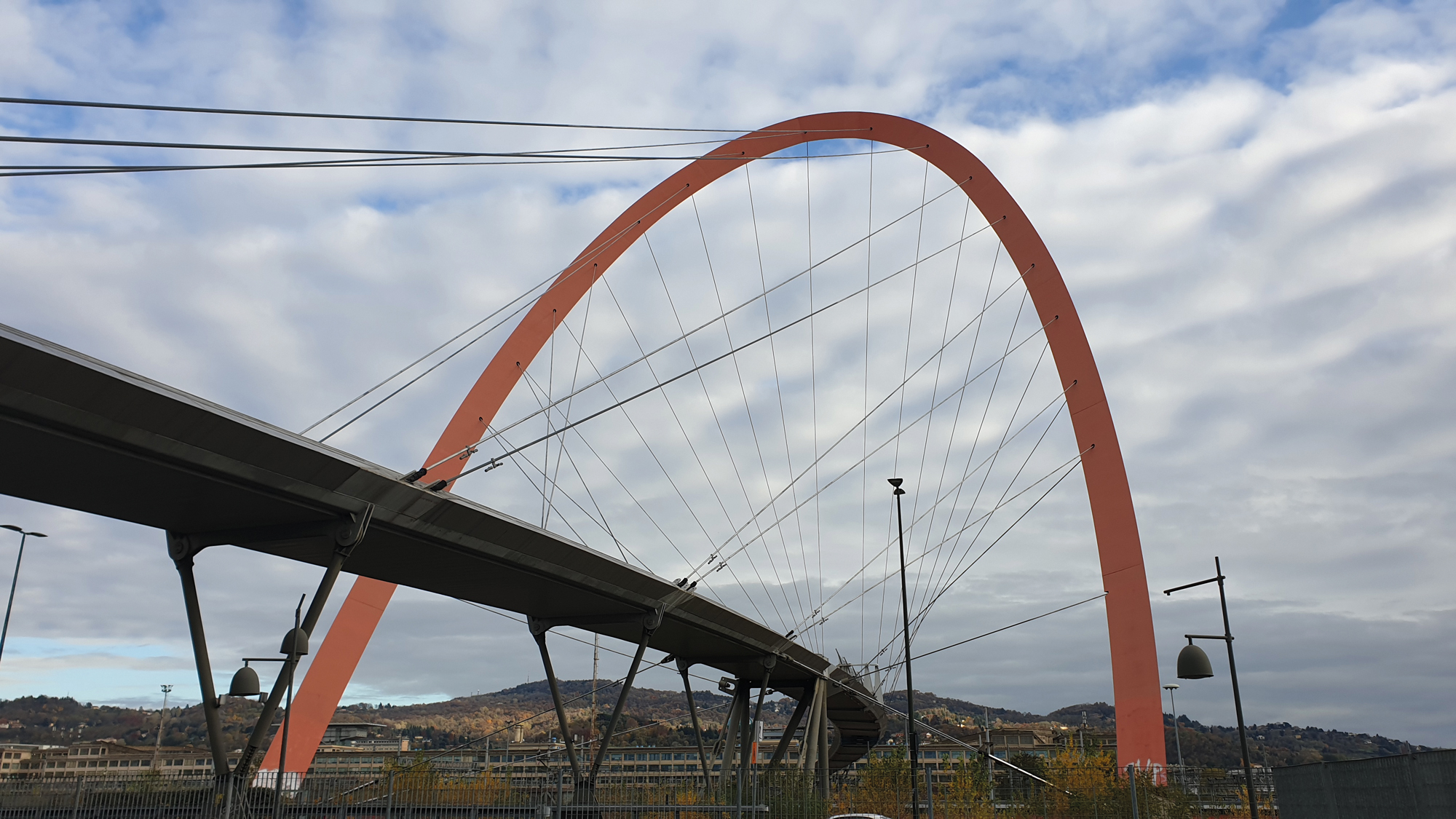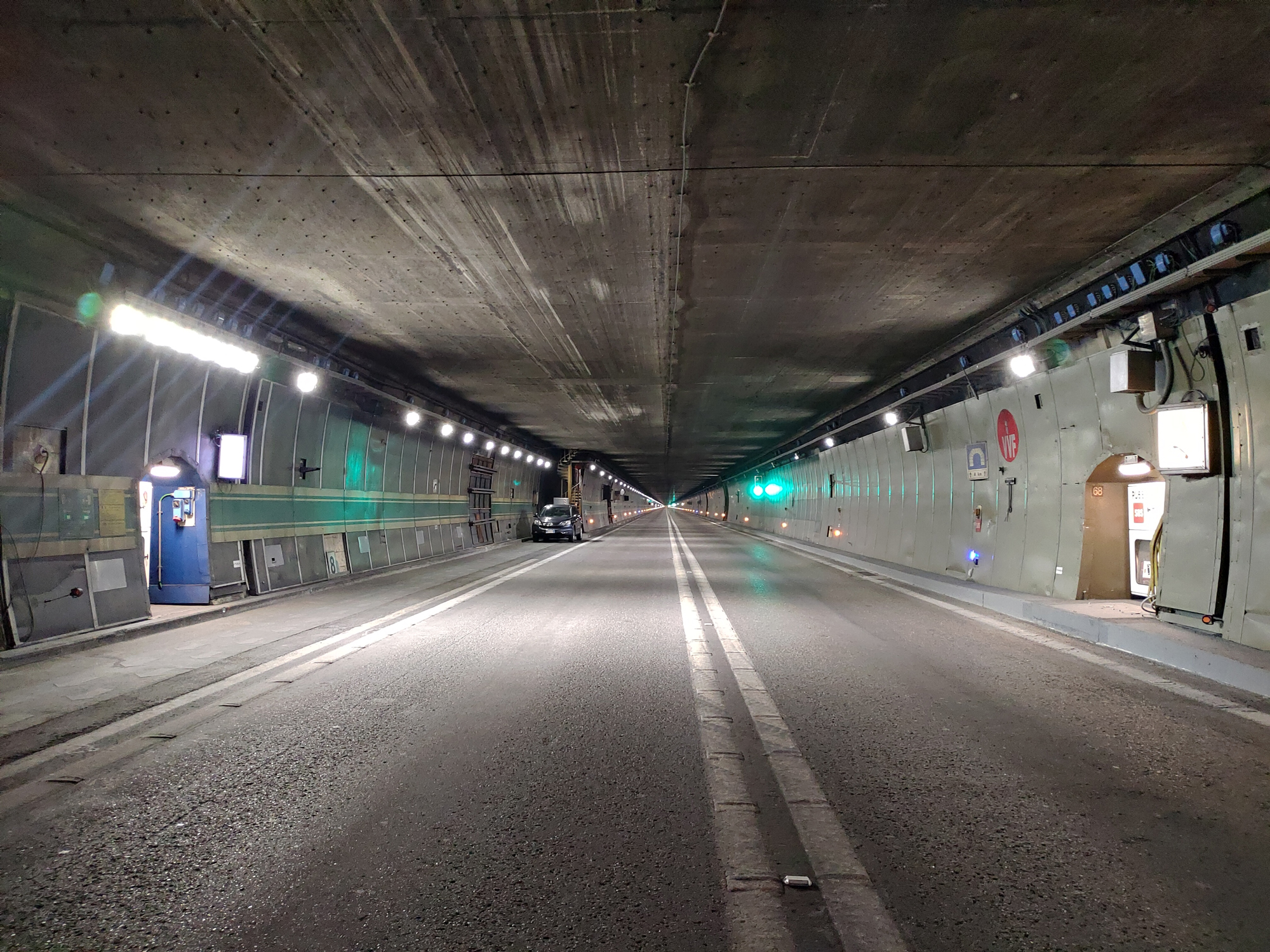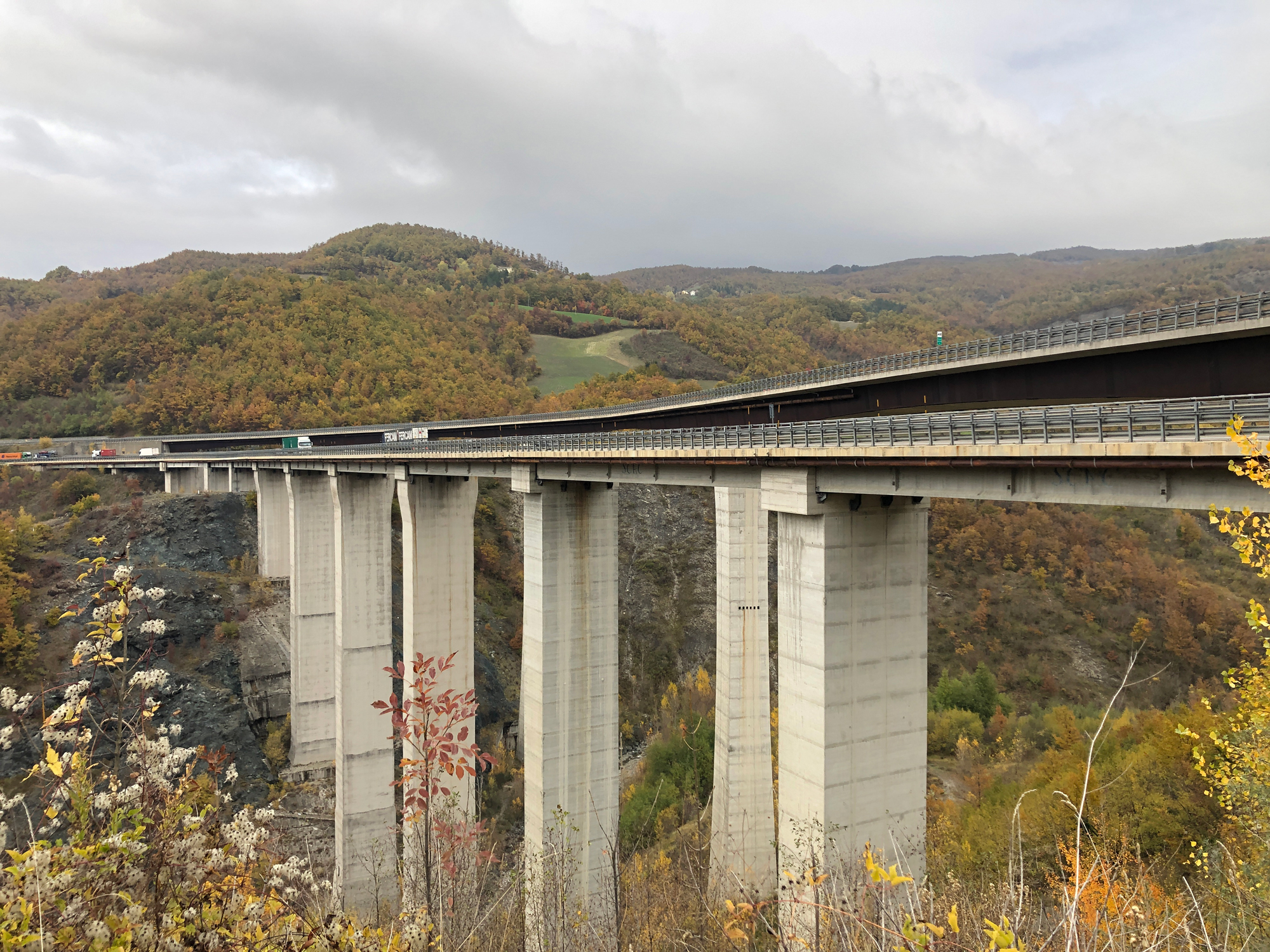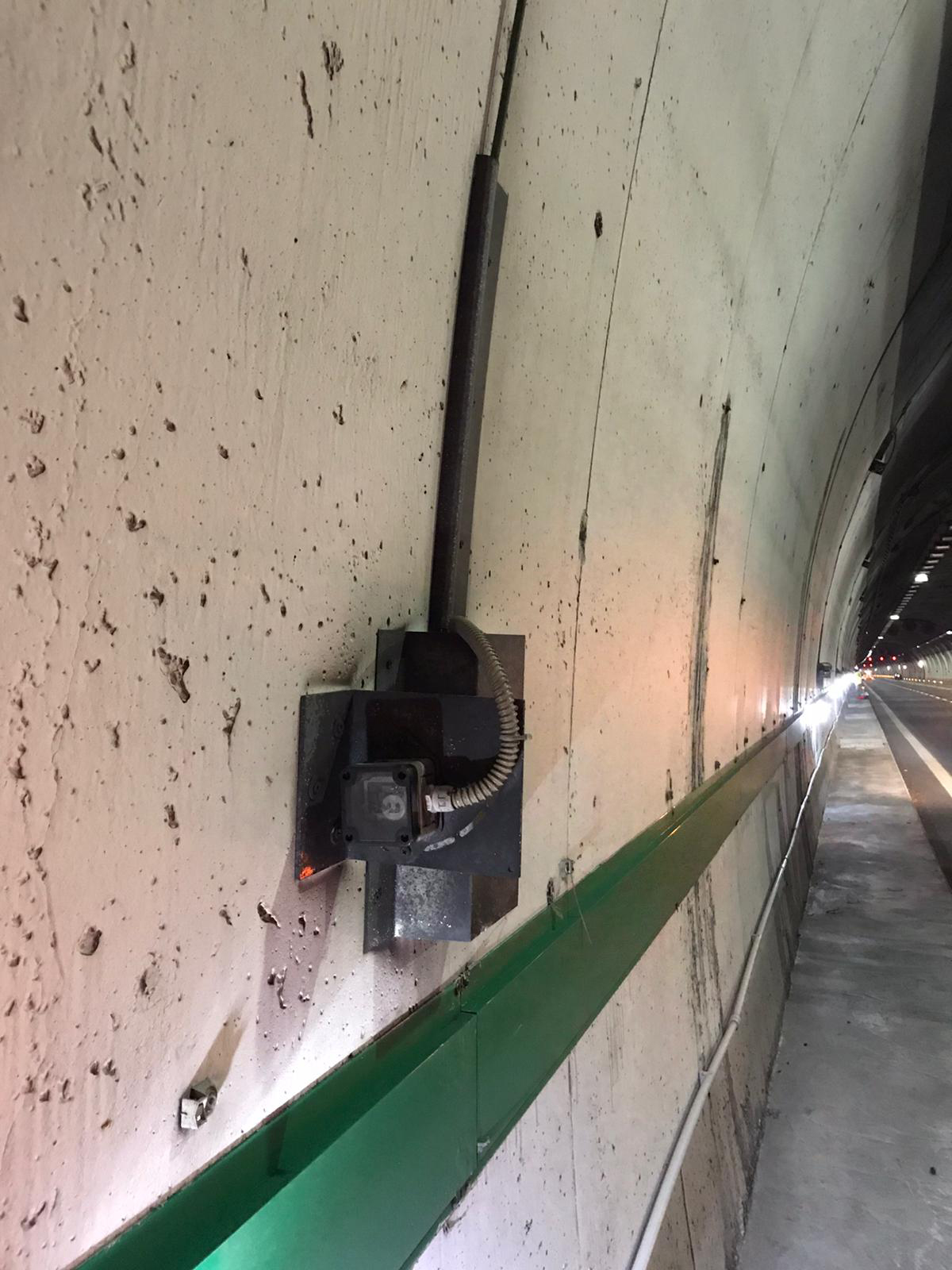SERVICES PROVIDED
- Executive plant design
- Installation assistance
- FE modeling and post-processing of data
WHY MONITOR?
- Analysis of the viaduct behavior under traffic loads
- Notification of any anomalous behavior of the structure under operational conditions
- Evaluation of the expected threshold values in terms of deformation under load of the deck to ensure adequate levels of work safety
- Risk mitigation of collapse through a more detailed understanding of structural behavior
- Planning of targeted maintenance interventions
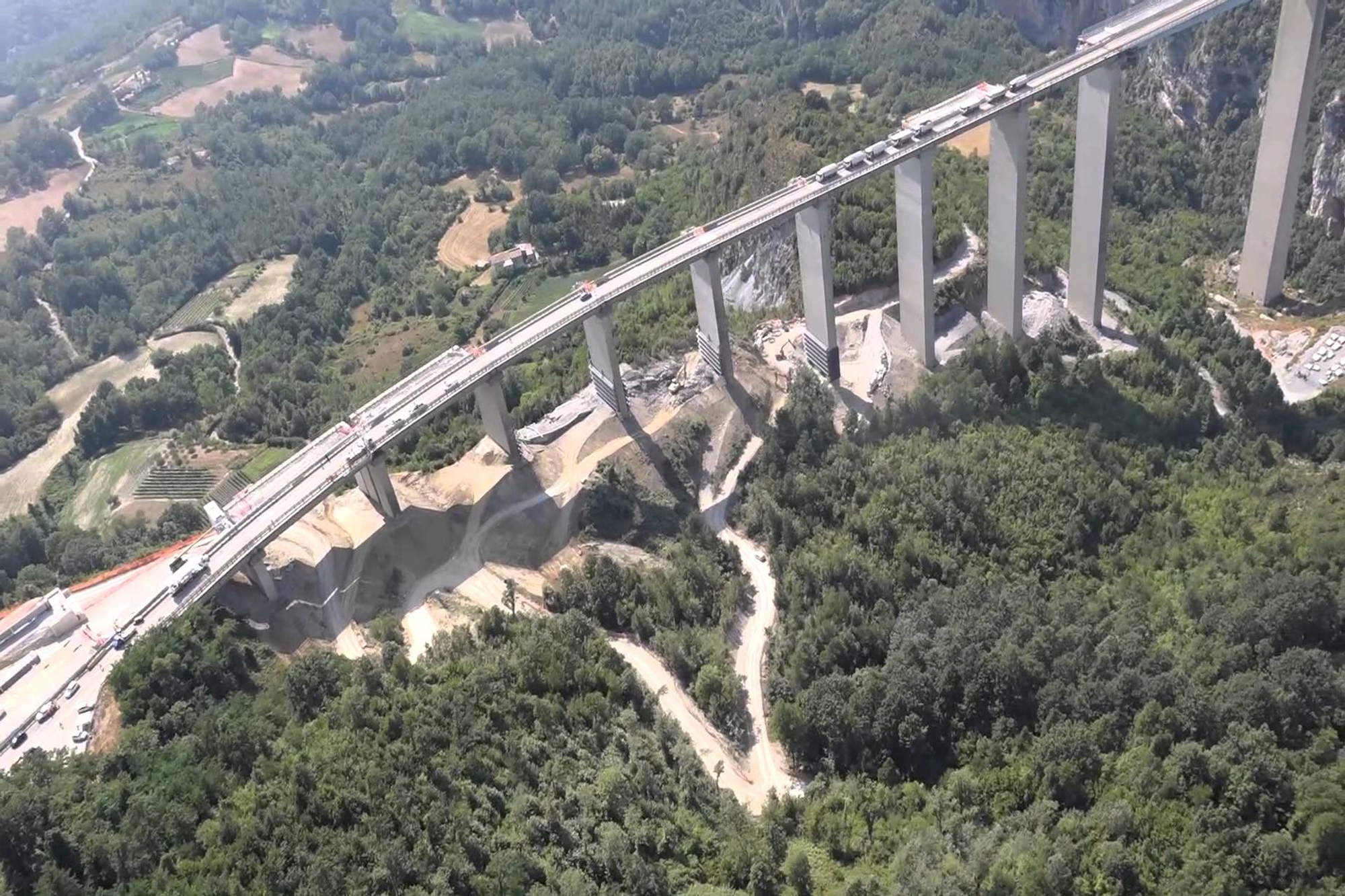
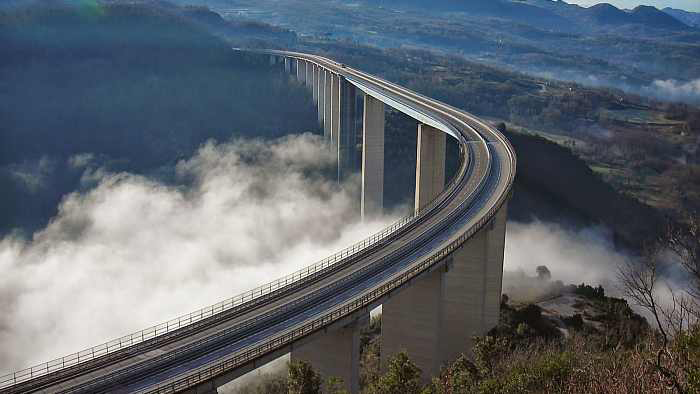
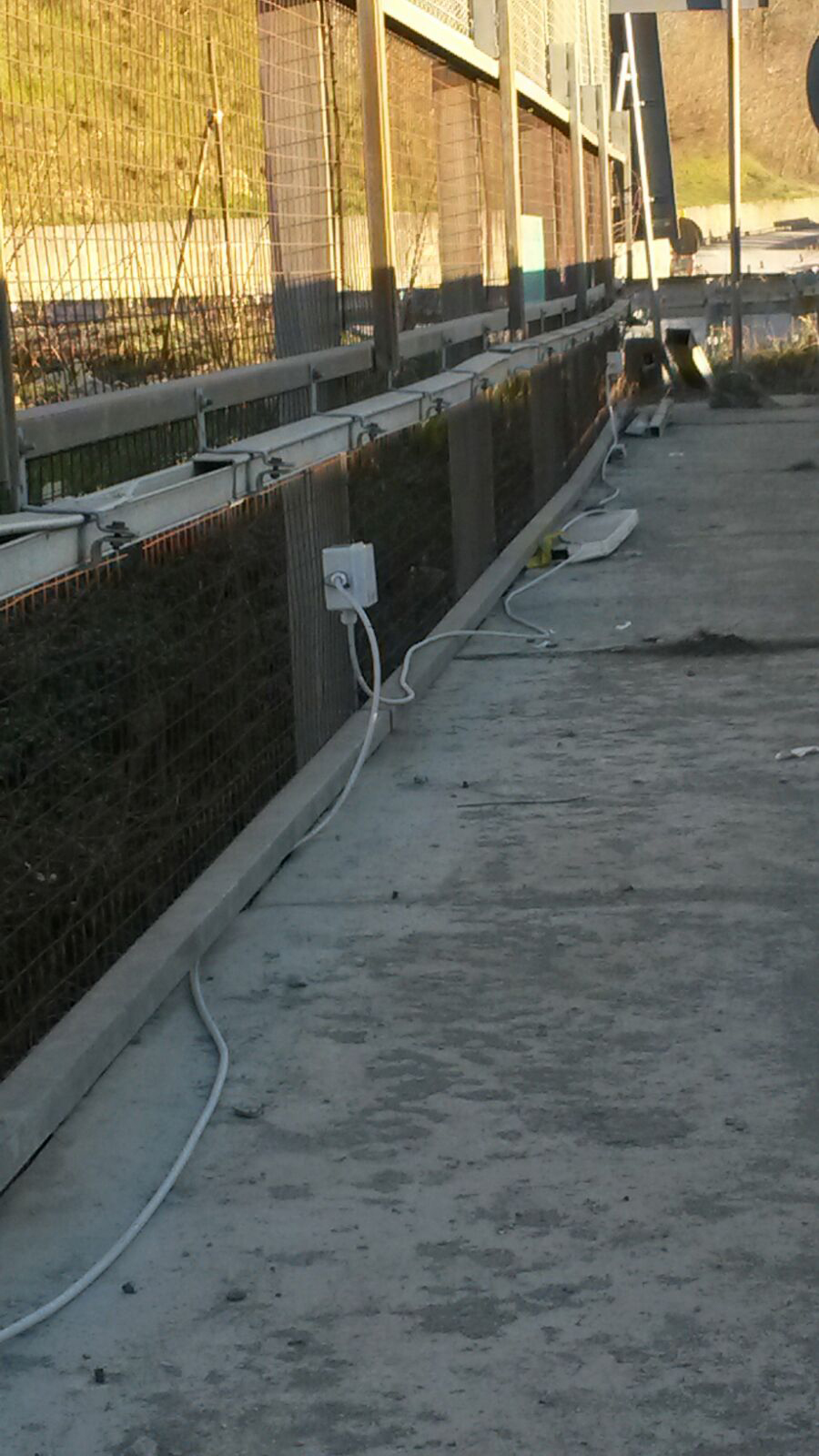
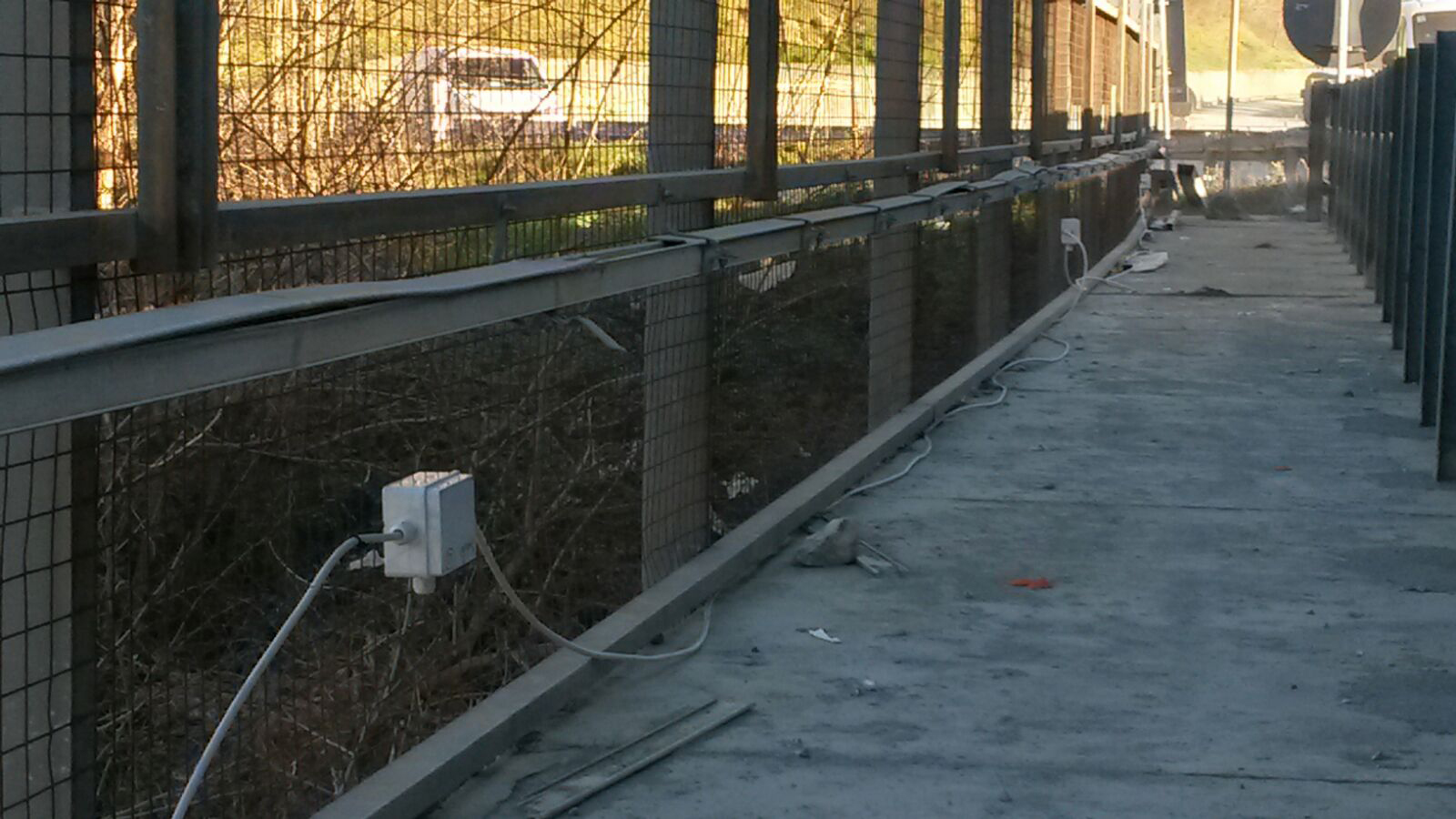
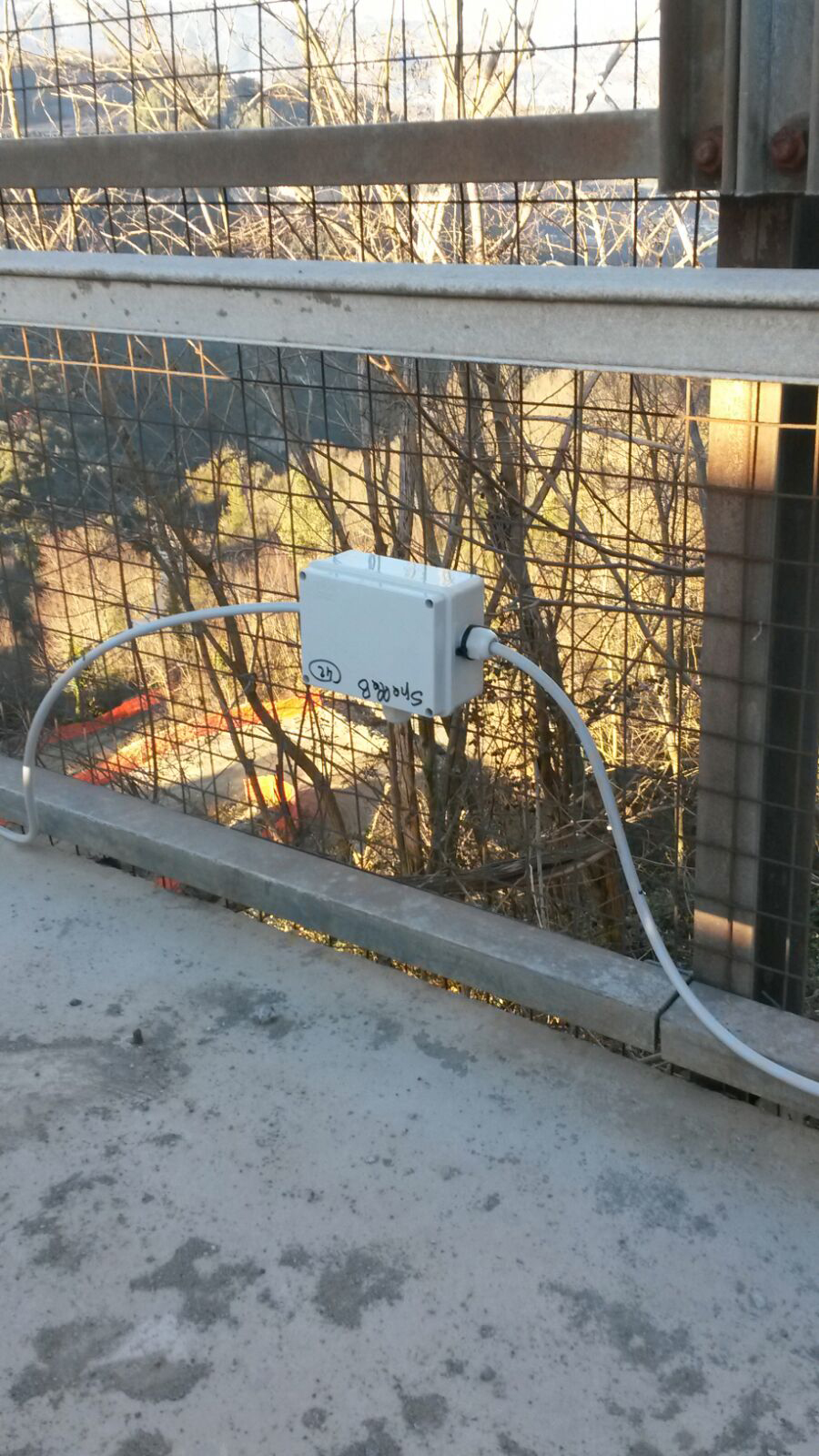
DESCRIPTION OF THE WORK AND STRUCTURAL MONITORING SYSTEM
The viaduct "ITALIA" , located on the A3 motorway connecting Salerno and Reggio Calabria, is one of the highest road infrastructures in Italy and the second in Europe. In 2016, the viaduct underwent structural consolidation interventions with composite materials and concrete restoration. The structural work is a total length of 1161 m, has a central span of 175 m, and is 261 m high from the valley floor, with the tallest piles reaching a height of 130 m. It has two adjacent carriageways and two mixed steel-concrete decks, except for the central part with a single metallic deck made with an orthotropic plate. Each deck has two double T metal beams connected by connector pins to a reinforced concrete slab. The viaduct consists of three central steel spans connected to the North and South abutments by seven and nine prestressed concrete spans, respectively.
Between Wednesday 24 and Friday 26 February 2016, 80 MEMS technology inclinometers were installed to fully describe the deck deformation under traffic loads. The monitoring system involved the Salerno-bound carriageway, which was subject to both directions of travel at the time due to the Reggio Calabria-bound carriageway dismantling work. The monitoring system was divided into two sections, called NORTH and SOUTH, respectively, the seven spans to the north and the nine spans to the south of the steel deck.
Five inclinometers were installed on each deck, fixed to the outermost beam's web. Therefore, the two sections (NORTH and SOUTH) were monitored through 35 and 45 sensors, respectively, connected to a control unit that sent the collected data to the cloud database in real-time.
DIAGNOSTICS IN A NUTSHELL
The monitoring of the Italia Viaduct was implemented to verify the structural behavior of the deck under traffic loads, in order to prevent the development of potential failure or damage mechanisms. The need to set up a monitoring plan arose from the brittle collapse of one of the spans during the planned demolition phases of the bridge. The failure was caused by a discrepancy between the as-built and the actual construction, with particular reference to the layout of the precompression cables.
A specific data processing algorithm designed ad hoc for the case under analysis allowed for an efficient real-time monitoring of the structural safety of the deck. The measured deformations of the bridge were compared in real-time with the threshold levels established for the structure. A first alert level was identified equal to the maximum expected deformation of the deck under project traffic loads. A second and more severe alarm level was set to signal deformations corresponding to permanent damage to the structure. The measurements were compared in real-time with the threshold levels mentioned above. The analysis of the evolution of the deformation state of the viaduct allowed for an evaluation of the structural safety over time.
